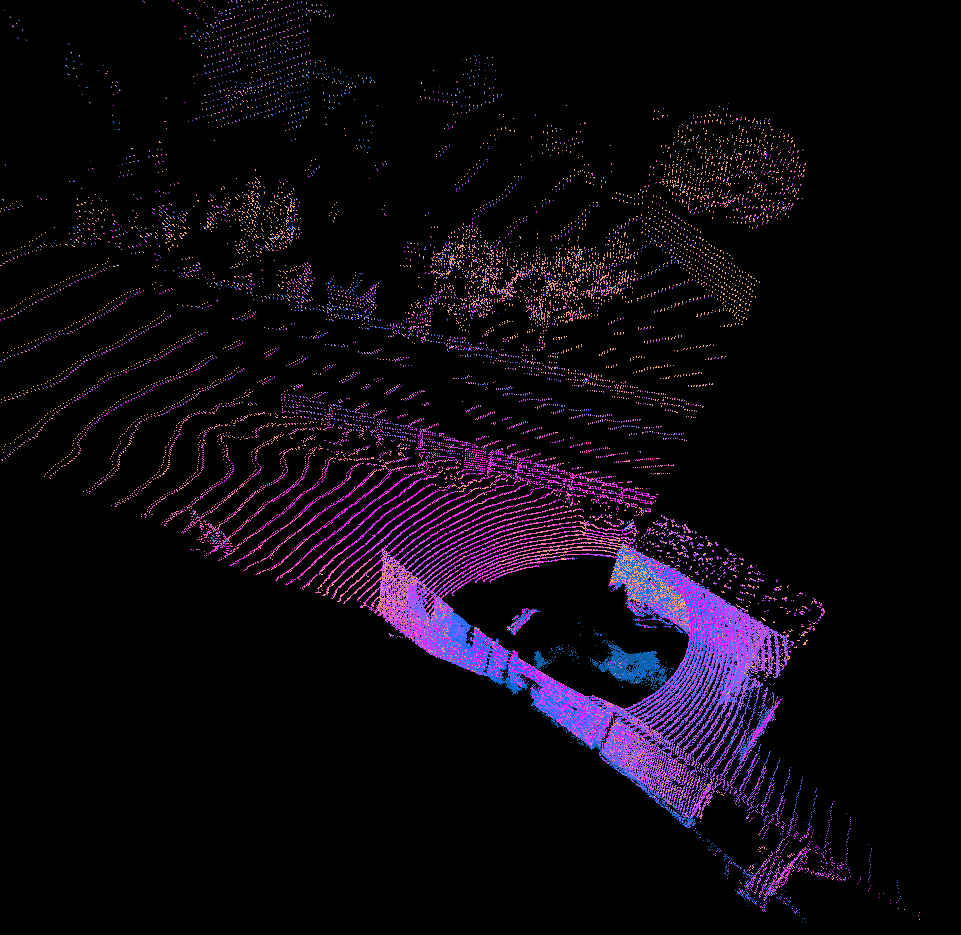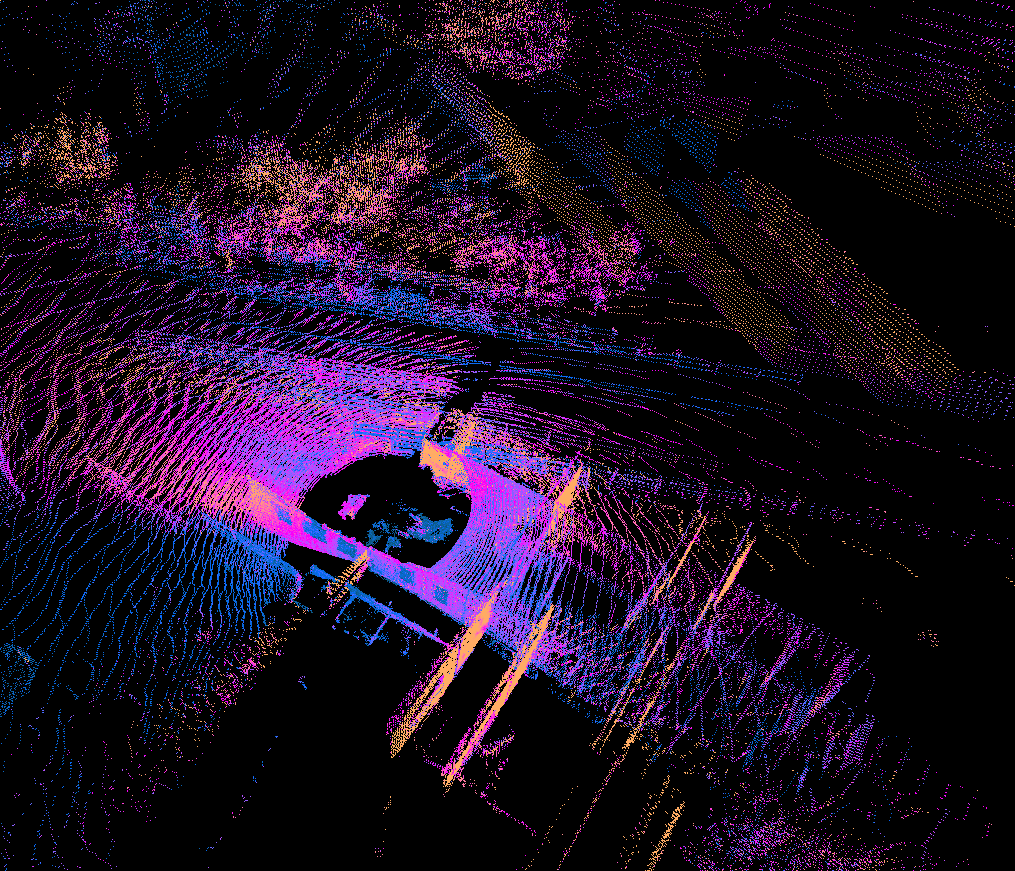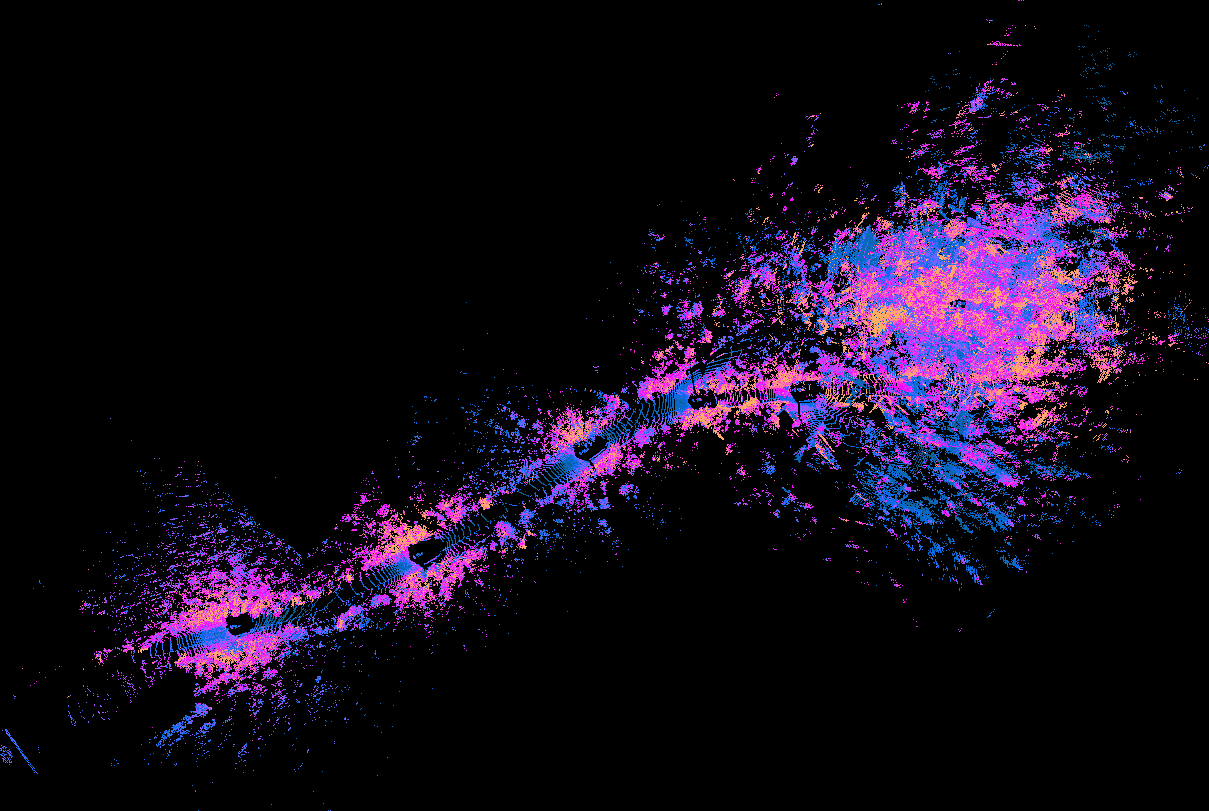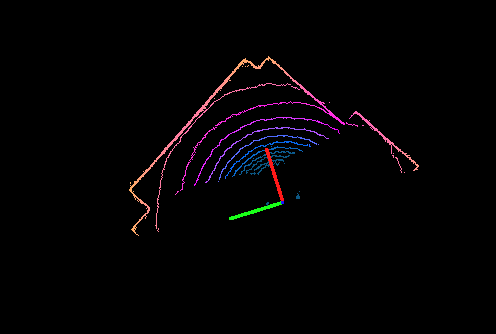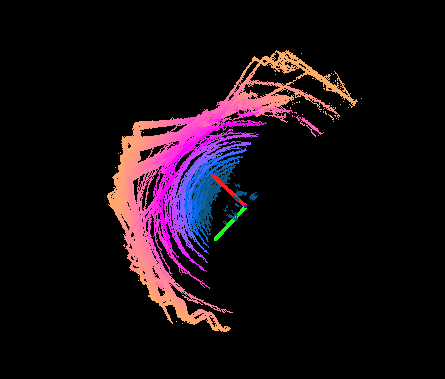




Demo • Install • ROS 2 • Paper • Contact Us
KISS-ICP is a LiDAR Odometry pipeline that just works on most of the cases without tunning any parameter.
pip install kiss-icpNext, follow the instructions on how to run the system by typing:
kiss_icp_pipeline --helpFor advanced instructions on the Python package please see this README
ROS 2
cd ~/ros2_ws/src/ && git clone https://github.com/PRBonn/kiss-icp && cd ~/ros2_ws/ && colcon build --packages-select kiss_icpFor more detailed instructions on the ROS wrapper, please visit this README
ROS 1
The last release that supports ROS 1 is v0.3.0, if you still need ROS 1 support please check that version.
If you use this library for any academic work, please cite our original paper.
@article{vizzo2023ral,
author = {Vizzo, Ignacio and Guadagnino, Tiziano and Mersch, Benedikt and Wiesmann, Louis and Behley, Jens and Stachniss, Cyrill},
title = {{KISS-ICP: In Defense of Point-to-Point ICP -- Simple, Accurate, and Robust Registration If Done the Right Way}},
journal = {IEEE Robotics and Automation Letters (RA-L)},
pages = {1029--1036},
doi = {10.1109/LRA.2023.3236571},
volume = {8},
number = {2},
year = {2023},
codeurl = {https://github.com/PRBonn/kiss-icp},
}We envision KISS-ICP as a community-driven project, we love to see how the project is growing thanks to the contributions from the community. We would love to see your face in the list below, just open a Pull Request!








